| A stand of trees that were almost forming a canopy over the road at the entrance to Bingil Bay has been totally removed and replaced with matting to control a long time problem of erosion. It is very disappointing the Council has not responded to the many concerns voiced by the community about the strategy being used to manage the slip areas on the steep road banks on Alexander Drive. Despite concerns being brought to three councillors attention, ten days before, the destruction of seemingly healthy vegetation has proceeded. |
All three councillors contacted reported back that on expert advice, the section of trees at the base of the slip area were deemed unstable, causing the erosion problem and were required to be removed. None of the councillors questioned that advice. A formal request has been lodged for a copy of the report.
| Cr Nolan, who holds the environmental portfolio, said he was ... "assured that they will only remove what is absolutely necessary and we will replant on completion." All the experts I have spoken to are sure there could have been an alternative solution with much lower impact on both the vegetation and scenic amenity. There is decades of common knowledge and literature about how trees stabilise banks.
|
| The engineering solution gives no consideration to the cause of the erosion at the top of the bank – clearly shown in this photo. (right) The destruction of this rare vegetation has temporarily treated a symptom, not the problem. Drainage from land zoned esplanade at the top of the bank randomly cascades over the bank, not guided by any kerbing or channelling. The public land is completely cleared of vegetation and appears to be maintained as private property. When asked if a hold could be put on the work until further advice could be sought in case this is a terrible mistake with more vegetation being removed than necessary, the reply from the mayor was "Absolutely not It is under contract and to stop it would cost too much money" |
| There was more concern about what any delay would cost than the value of the vegetation. | " | Everything is about money Liz, you know that" Mayor Bill Shannon |
| A lot of public works are being carried out across the Cassowary Coast with NDRRA cyclone recovery funds. Policies and guidelines in the planning schemes governing the Cassowary Coast are being ignored (vegetation removal, scenic routes etc) in the rush to complete works, such as this, before the funding runs out. If it is really an economic consideration, then surely this council must understand the Mission Beach tourist economy is reliant on protection, not destruction of our natural environment. There has been decades of focus on natural resource management at Mission Beach and yet it is still being treated like just any place, not the special place it is. |
| Mission Beach Tourism is discussing promoting a tourist scenic route with a walk from the Visitor Information Centre along Alexander Drive where two world heritages areas meet to the heritage listed ‘Ninney Rise’ at Bingil Bay. The vegetation that was almost forming a canopy over the road is being replaced with netting stapled to the bank. It couldn't be more of an eyesore at the very entrance to Bingil Bay on this proposed scenic walking track. The netting is only the first step in the process. This strategy was used on an area directly to the north after a slip in 2008. The story was covered in the Mission Beach Bulletin at the time. (below) |
| The only vegetation on the slope was singapore daisy which slumped down onto the road during the wet season. Some time after the mesh was stapled into the bank, the CCRC revegetation team planted trees along the bottom section (at the same position as the current clearing) to help rehabilitate and stabilise the bank. No further work has been done on this section since the saplings were cut down with a vertical mower during routine roadside maintenance about 12 months later. The dominating species on the bank is again singapore daisy. The mesh is serving to contain the bank. |
| It is heartbreaking for locals to watch healthy vegetation that hasthriving after being battered by successive cyclones, only to be destroyed by insensitive man made activities. Unless there is a follow up management plan to properly rehabilitate and stabilise the bank, this is how it will end up looking. (left) It only makes sense that any public works on our natural environment must be carried out with the sensitivity deserving of the outstanding world heritage values that have attracted us, and continue to attract visitors to our area. |
| This is the graphic produced at the workshop held recently. (right) The community needs the CCRC to acknowledge they understand the importance of the natural environment at Mission Beach. To have belief in a democratic system that gives us reason to take time and have input with a view for positive outcomes, we need to know the Council is committed to serving the community and will listen when members have concerns. |
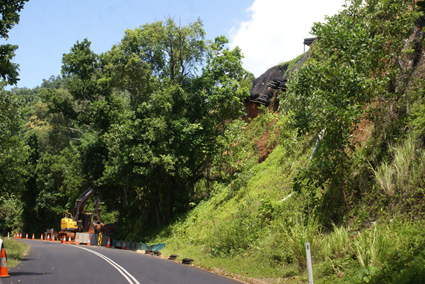
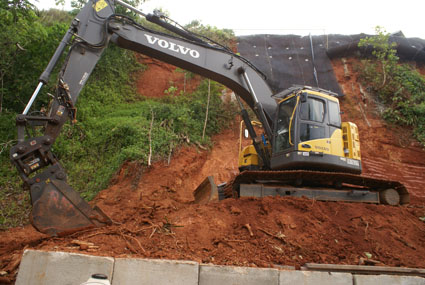
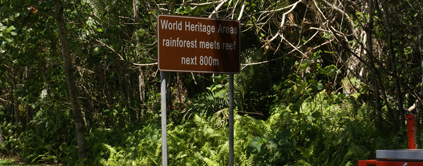
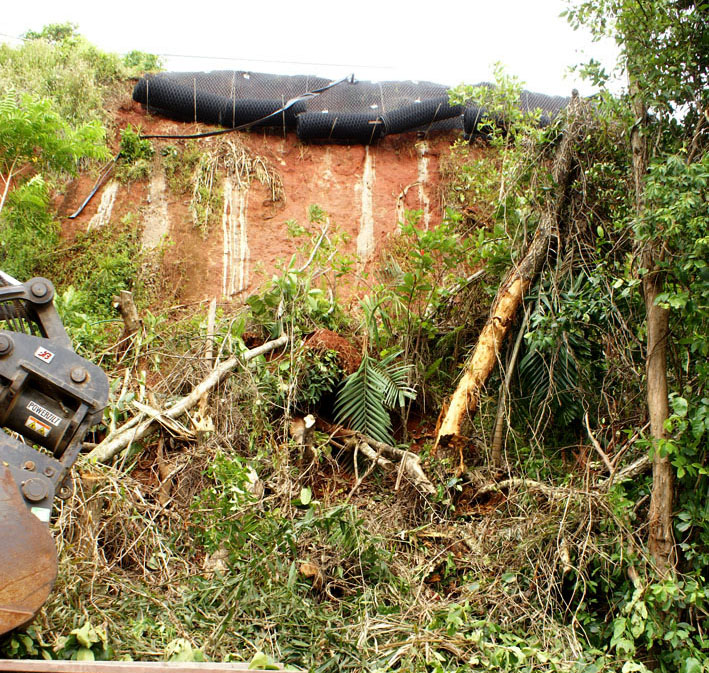

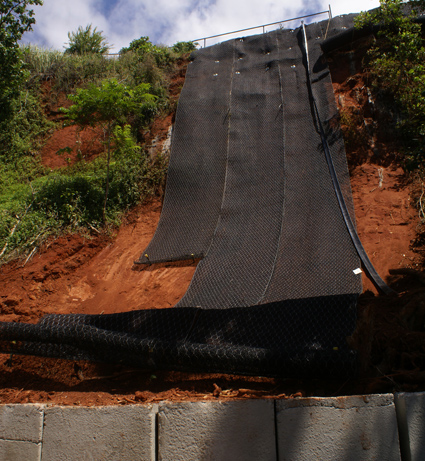

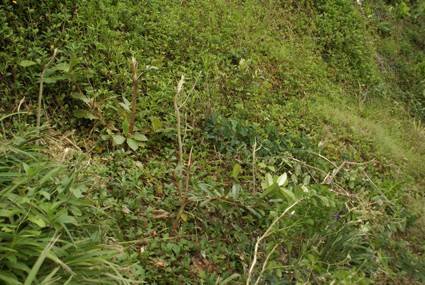
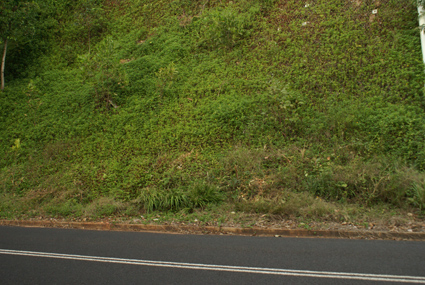

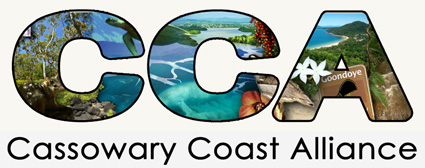
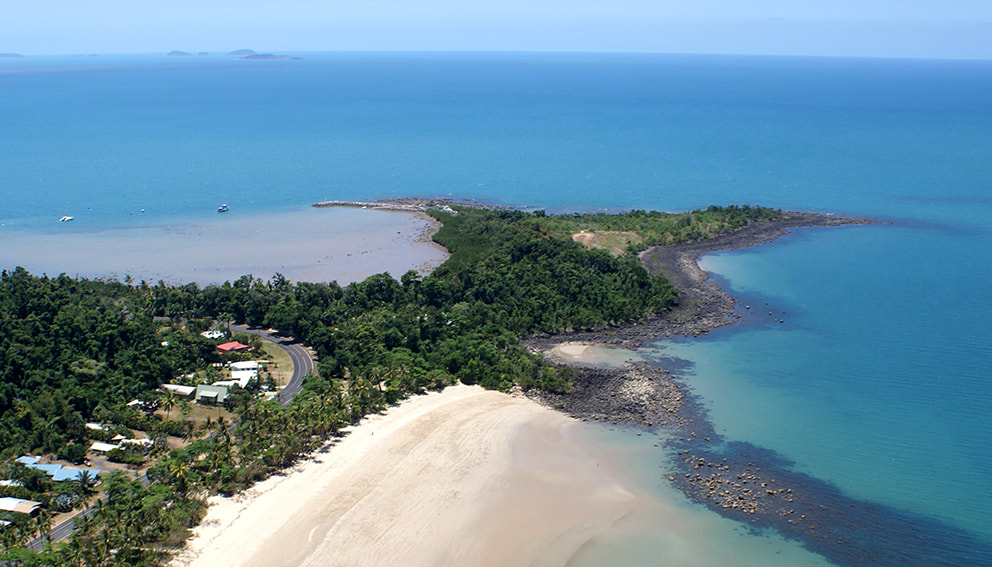





 RSS Feed
RSS Feed